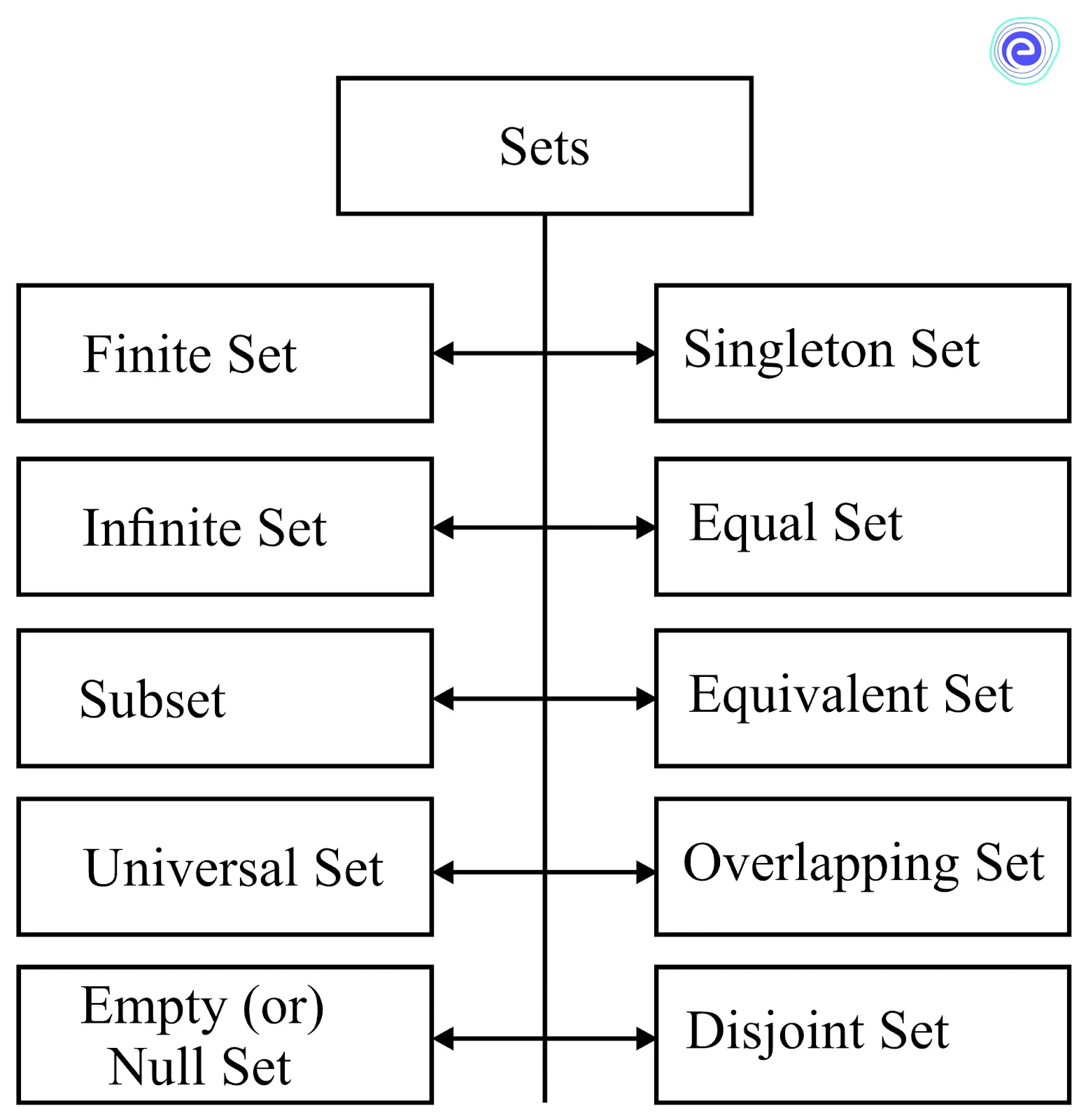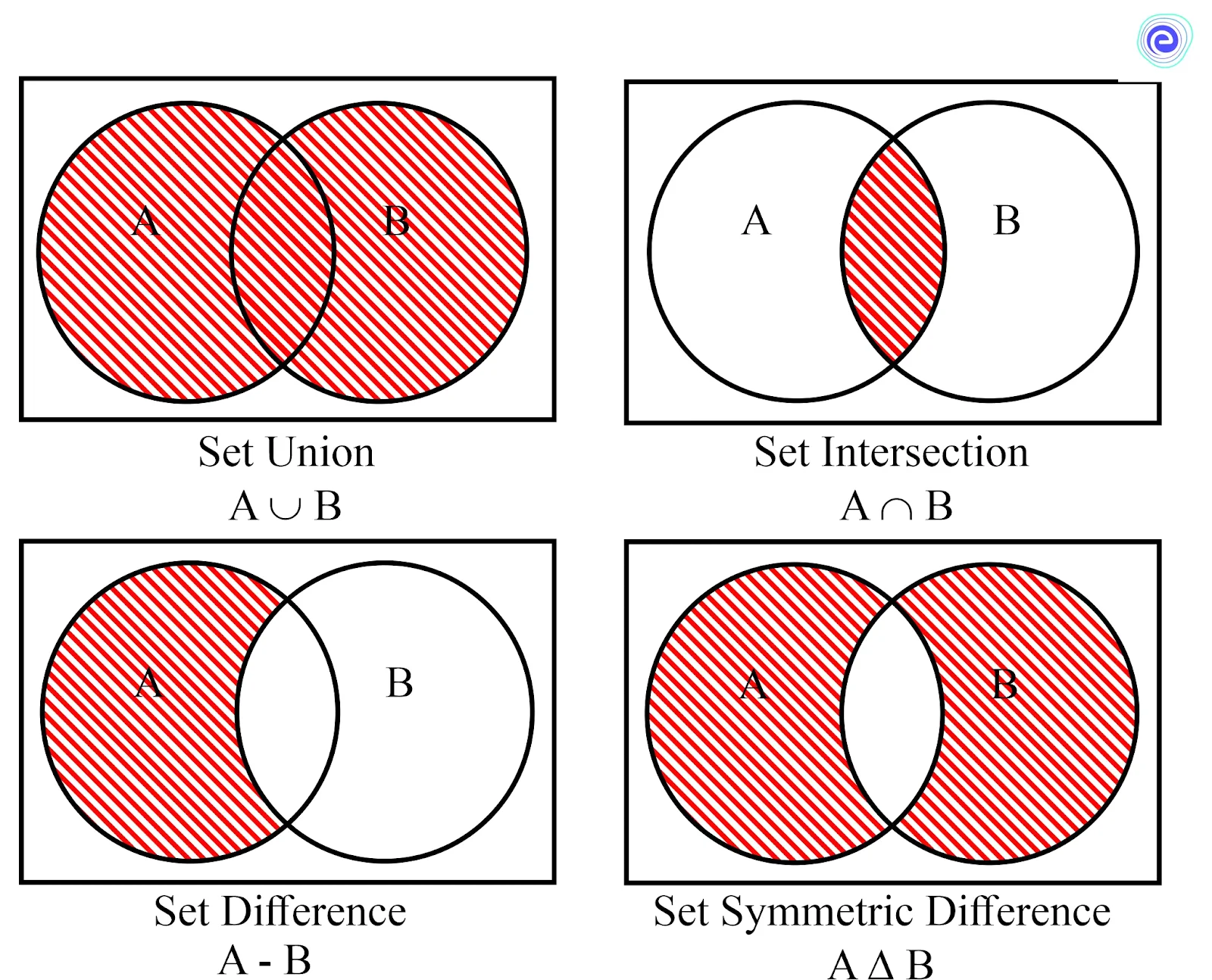CUET Merit List 2025: NTA will conduct the CUET exam probably in May 2025. Once the exam gets over, the official authorities will release the...

CUET 2025 Merit List: Check Rank List & Result
February 11, 2025
Set Theoretic Approach: The concept of a set theory is foundational in modern mathematics. Today, practically every branch of Mathematics employs the use of this concept. Studying geometry, sequencing, probability, and other subjects involves understanding sets. Georg Cantor, a German mathematician, invented the theory of sets.
Set theory is a part of mathematical logic that analyses sets comprised of an informal grouping of objects. A set is a group of objects or a collection of objects. These objects are commonly referred to as set elements or members. The foundation of set theory is a binary relationship between an object \(x\) and a set \(A\). Set -theory is divided into several variants, each with its own set of rules and axioms. Continue reading this article to know more about Set Theoretic Approach, its definition, types, symbols, examples and more.
A set is defined as the collection of items (called members or elements). The notation \(x \in \,A\) is used when \(x\) is a member (or element) of \(A\), whereas \(x \notin \,A\) indicates that \(x\) is not a member of set \(A\).
A set is defined by a list of elements separated by commas within braces.
Example: The set of prime numbers less than \(10\) is written as \(A = \left\{ {2,3,5,7} \right\}\)
A set is a well-defined collection of things in Mathematics. An upper-case letter is used to name and represent sets. The elements that make up a set according to set theory can be anything, such as names, letters of the alphabet, numbers, shapes, and variables.
A set’s cardinality is the number of elements in it. As a result, the cardinality of a finite set is always a natural number. \(\left| A \right|,{\text{ }}n\left( A \right)\) denotes the cardinality of a set \(A\). For instance, the set \(A = \left\{ {2,4,6,8} \right\}\) has four elements and cardinality of four.
Sets can be categorised into many types based on their properties. Some are shown below.

PRACTICE EXAM QUESTIONS AT EMBIBE
There are various symbols are used to represent the elements of a set.

The table below depicts several of these symbols and their meanings.
| Symbols | Meaning |
| \( \cup \) | Universal set |
| \(n\left( x \right)\) | Cardinality of set \(X\) |
| \(b \in \,A\) | \(‘b’\) is an element of set \(A\) |
| \(a \notin \,B\) | \(‘a’\) is not an element of set \(B\) |
| \(\left\{ {} \right\}\) | Denotes a set |
| \(\emptyset \) | Null or empty set |
| \(A \cup B\) | Union set of set \(A\) and set \(B\) |
| \(A \cap B\) | Intersection set of set \(A\) and set \(B\) |
| \(A \subseteq B\) | Set \(A\) is a subset of set \(B\) |
| \(B \supseteq A\) | Set \(B\) is the superset of set \(A\) |
Sets are represented mainly in two ways
Mathematicians utilise set theory all the time. Many subfields of mathematics rely on it as a foundation. It is extremely useful in the field of statistics, especially in the field of probability. Many of the notions in probability are drawn from set theory.
A set is an abstract data type in Computer Science that stores an unordered collection of unique items. Sets are built-in data structures in many computer languages, akin to arrays or dictionaries.
Engineers utilise the set-theoretic approach mostly to ensure that the mathematics they use is treated precisely. Although the mathematics of logic circuits and set theory are not identical, they are highly comparable. Stochastic Differential Equations are used to analyse noise in circuit design.
There are various algebraic and arithmetic operations are implemented on the sets. The main four operations on sets such as the union of sets, the intersection of sets, the difference of sets and the symmetric difference of sets etc.

The properties of set operations are listed below.
Q.1. If \(U = \{ a,b,c,d,e,f\} ,A = \{ a,b,c\} ,B = \{ c,d,e,f\} ,C = \{ c,d,e\} \), find \(\left( {A \cap B} \right) \cup \left( {A \cap C} \right)\).
Solution:
\(A \cap B = \{ a,b,c\} \cap \{ c,d,e,f\} = \{ c\} \)
\(A \cap C = \{ a,b,c\} \cap \{ c,d,e\} = \{ c\} \)
\(\therefore (A \cap B) \cup (A \cap C) = \{ c\} \)
Q.2. Give three examples of a finite set.
Solution:
Finite set is a set which has a finite or fixed number of elements. Some of the examples of finite sets are
● Set of months in a year
● Set of days in a week
● Set of natural numbers less than \(20\)
● Set of integers greater than \(-2\) but less than \(3\)
Q.3. If \({\text{U = \{ 2,3,4,5,6,7,8,9,10,11\} , A = \{ 3,5,7,9,11\}}}\) and \(B = \left\{ {7,8,9,10,11} \right\}\), Then find \(\left( {A – B} \right)\).
Solution:
Given, \({\text{U = \{ 2,3,4,5,6,7,8,9,10,11\} , A = \{ 3,5,7,9,11\}}}\) and \(B = \left\{ {7,8,9,10,11} \right\}\)
\(A-B\) is a set of members which belong to \(A\) but do not belong to \(B\)
\(A – B = \{ 3,5,7,9,11\} – \{ 7,8,9,10,11\} = \{ 3,5\} \)
\(\therefore A – B = \{ 3,5\} \)
Q.4. Express the set \(A = \left\{ {2,4,6,8,10,12,14} \right\}\) in set-builder form
Solution:
Given set is \(A = \left\{ {2,4,6,8,10,12,14} \right\}\)
Using sets notations, we can represent the given set \(A\) in set-builder form as,
\(A = \left\{ {x|x\,{\text{is}}\,{\text{an}}\,{\text{even}}\,{\text{natural}}\,{\text{number}}\,{\text{less}}\,{\text{than}}\,15} \right\}\)
Q.5. For the given sets \(A = \left\{ {1,2,3,4,5,6,7,8,9,10} \right\}\) and \(B = \left\{ {2,3,5,7} \right\}\) Find \(A \cap B\).
Solution:
Given \(A = \left\{ {1,2,3,4,5,6,7,8,9,10} \right\}\) and \(B = \left\{ {2,3,5,7} \right\}\)
\(A \cap B\) is the set that has the common elements in both the sets.
\(A \cap B = \{ 1,2,3,4,5,6,7,8,9,10\} \cap \{ 2,3,5,7\} = \{ 2,3,5,7\} \)
Georg Cantor established a solid theoretical foundation for it by recognising the importance of accurately described sets in the investigation of problems in symbolic logic and number theory. The study of set properties is known as set theory, and it is a branch of Mathematics. Set theory is helpful in understanding complex mathematical and philosophical ideas.
Its language and conceptions are useful when used in conjunction with other fields that borrow and alter them. Two of them are the operations of union and intersection. There are different types of sets based on the number of elements in it. The cardinality of a set is the number of elements in it. Sets are represented by set builder form and roaster method.
Here are some frequently asked questions related to the set theoretic approach.
Q.1. What is the set theoretic approach?
Ans: The basis of the set theoretic approach is a binary relationship between an element \(x\) and a set \(A\). The notation \(x \in A\) is used when o is a member (or element) of \(A\). A set is described by a list of elements separated by commas, or by a characterising attribute of its elements within the brackets.
Q.2. Write the methods of representing the sets?
Ans: The set-builder form and roaster method are the methods of representing the sets.
Q.3. What is set theory?
Ans: Set theory is a mathematical concept that deals with well-defined groupings of objects known as members or elements of the set.
Q.4. What are the applications of set theory?
Ans: The sets used to investigate problems in logic and number theory. Practically every branch of Mathematics employs the use of this concept. The study of geometry, sequencing, probability, and other subjects involves understanding sets.
Q.5. What is the union of sets?
Ans: All of the elements present in either \(A\) or \(B\), or both sets, will be present in the union of \(A\) and \(B\), represented as \(A \cup B\).
We hope this article has provided you with the required information on Set Theoretic Approach. If you have any doubts regarding the same, do drop a comment in the section below and we will get back to you as soon as possible. For more such articles and info, please stay tuned to embibe.